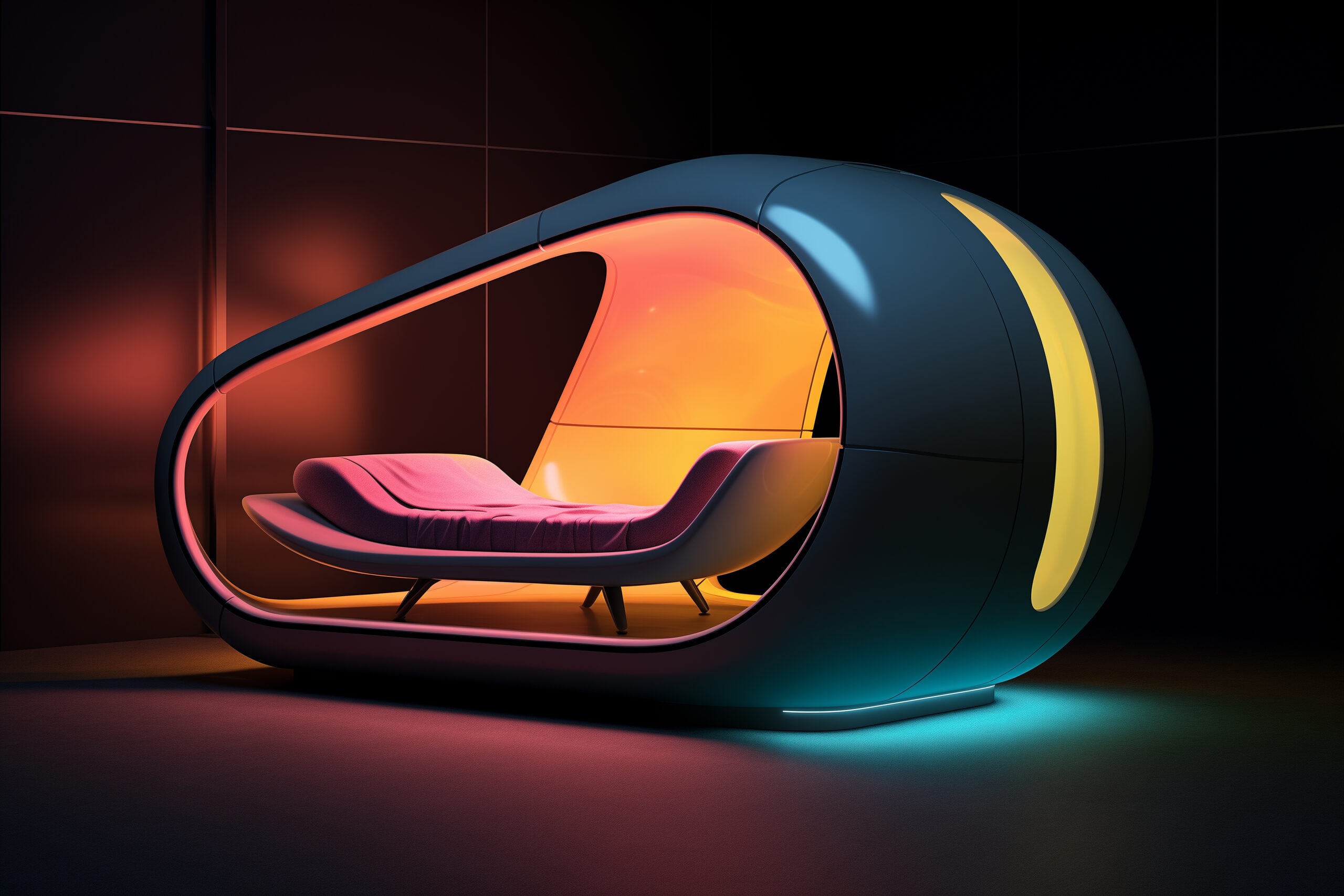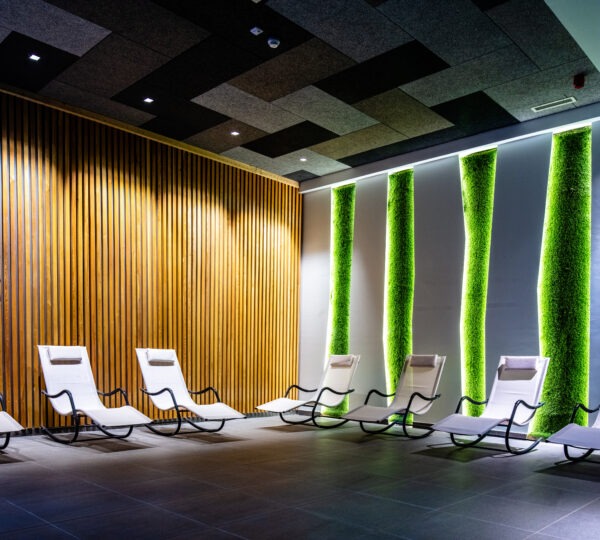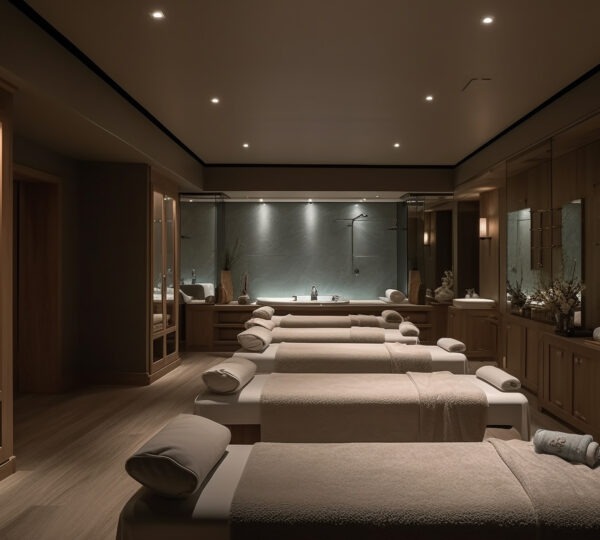
Digital Wellness Room Design
Some years back, I went to a startup office in Berlin, which had something that I had never encountered before: a “digital wellness room” that was specially designed. It was very calm. Absolutely no screens. Even though the lighting was dimmed, there were plants, a salt lamp, and the ambient sound was playing very softly in the background. People came in with a very tense state and left there as if they were unburdened visibly.
At the time, I shrugged it off as a quirky European thing. But a few months later, I found myself overwhelmed during a busy workday, juggling Slack messages, Zoom calls, endless tabs, and a caffeine crash that hit at exactly 3:14 PM. My brain felt fried. I remembered that room. And I wished I had one too.
So I started designing a space, not an escape from work, but a space that helped me recharge. And now, I want to share my experience so you can build one too.
What Is a Digital Wellness Room?
A digital wellness room is a space at home or in the office, intentionally designed to support mental clarity, emotional regulation, and screen-free rejuvenation.
Think of it as a modern version of a nap pod meets meditation corner meets sensory retreat. It is where your brain can hit refresh without a device in hand.
Expert insight: Dr. Gloria Mark, a psychologist who studies digital distraction, found that our attention span has shrunk to 47 seconds on average when working online (UC Irvine, 2023).
Elements of a Great Digital Wellness Room
You do not need a huge budget or an entire room. A corner can do the trick if set up right. Here are the key elements:
1. No Screens Allowed
The entire point of the space is to disconnect from digital input. No phones. No laptops. No TV. This signals to your brain that it can rest.
2. Comfortable Seating
- Bean bag, yoga mat, lounge chair, floor cushions. Pick what feels calming.
- Prioritize softness and support. You want your body to relax.
3. Soothing Lighting
- Use warm, soft lights.
- Salt lamps, fairy lights, and dimmable bulbs work well.
- Natural daylight, if possible, is gold.
4. Nature Elements
- Add indoor plants for a touch of calm.
- Nature-themed art or even nature sound machines can help.
- Bonus: Plants improve indoor air quality, too.
5. Aromatherapy and Scent
- Essential oils like lavender, eucalyptus, or chamomile can instantly change how you feel.
- A reed diffuser or oil burner is a low-effort addition.
6. Soundscape
- Soft music or ambient noise helps the mind quiet down.
- Try rain sounds, forest noises, or calming instrumentals.
- Apps like Endel or Noisli are perfect for this.
7. Tactile Items
- Weighted blanket
- Stress ball
- Fidget toy
- Soft rug
How to Use the Space
- Take 5–15-minute breaks during work to sit and breathe
- Use it as a wind-down zone before bed
- Start your day with 10 minutes in the space before opening your inbox
Pro Tip: Do not wait until you are overwhelmed to use it. Make it part of your daily rhythm.
Real Life Inspiration
Salesforce HQ in San Francisco includes mindfulness zones and wellness rooms on every floor.
Some universities like NYU and UC Berkeley have started creating digital detox spaces for students, recognizing the toll of 24/7 connectivity on mental health.
A 2023 survey by the National Wellness Institute found that 74 percent of remote workers said they would use a screen-free recovery space if their employer provided one.
Design Tips for Different Spaces
If You Work from Home:
- Convert a corner of your bedroom or living room
- Use a folding screen or shelf divider if privacy is limited
- Add a small basket to keep phones outside the zone
If You Work in an Office:
- Advocate for a shared quiet room
- Bring in personal items like your own diffuser or noise-canceling headphones
- Use a sign to signal “digital reset in progress.”
Expert’s insight: “The nervous system is not designed for constant stimulation. Wellness spaces allow us to pause, which is essential for cognitive restoration.”
– Dr. Amy Blankson, author of The Future of Happiness
Conclusion
You do not need to go off-grid or take a retreat to feel better. Sometimes, it starts with claiming just one small corner of your day and space that belongs to you, free of noise and pressure.
A digital wellness room is not a luxury. It is a tool for sanity in an age that never stops pinging.
Even five minutes a day can change how you think, work, sleep, and show up in life.
So go ahead. Design your space. Your brain will thank you.
References
- Asurion. (2024). How Often We Check Our Phones Daily.
- Mark, G. (2023). Attention Span Research, UC Irvine.
- National Wellness Institute. (2023). Wellness Trends in Remote Work.
- Blankson, A. (2017). The Future of Happiness.
- Newport, C. (2019). Digital Minimalism.












